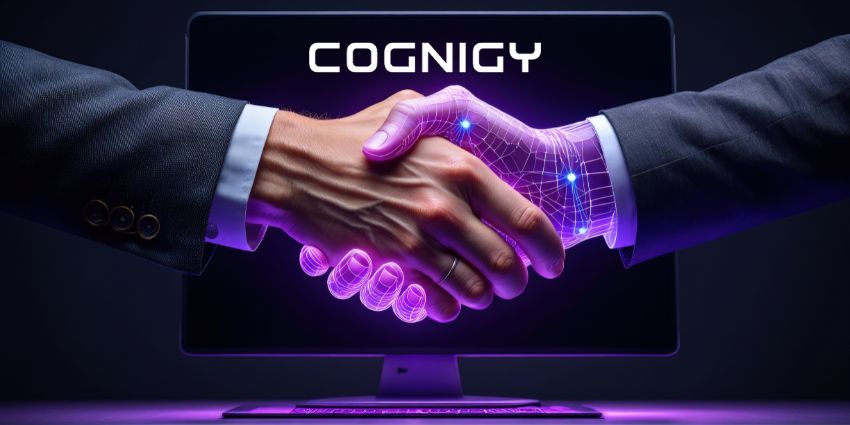Speed is among the top service criteria valued by customers – especially on channels such as chat.
Here, if the customer does not receive a quick resolution, they will soon turn to the phone or social media, proliferating contacts across the call center.
Yet, responding to customers quickly is not always easy on the channel. After all, agents are often speaking to more than one customer simultaneously. Some agents may talk to as many as five customers at one time.
As such, the pauses between agent replies can grow longer, extending handling times.
To keep the situation under control, many contact centers choose to measure Average Resolution Time (ART).
What Is the Average Resolution Time (ART) KPI?
Average Resolution Time (ART) – also known as mean time to resolution (MTTR) – is the mean amount of time it takes an agent to conduct and close a live chat with an effective resolution.
As such, to calculate ART, contact centers must divide the total length of all resolved customer interactions by the number of customer conversations occurring during the specified period.
To be included in the ART formula, the ticket’s current status must be Closed or Resolved.
When determining the average resolution time, tickets marked as resolved – but were afterward reopened – are omitted. The calculation should also discount pending and on-hold tickets.
In addition to live chat, many contact centers measure ART across channels where agents handle contacts concurrently. Messaging and social media are prime examples.
However, remember that each will have unique expectations and benchmarks, so it is critical to dissect ART across each channel.
What Does Average Resolution Time Indicate?
When ART begins to rise rapidly, identify the root cause. Of course, a slow increase is expected as self-service slowly eats up more of the simple, transactional calls. Nevertheless, a sharp increase may signal issues, such as an emerging demand driver that is puzzling agents.
When such instances occur, support personnel may require additional assistance, new support material, and fresh training to manage these tricky contacts.
However, remember not to only look at ART in isolation. Indeed, when ART drops, it may seem promising, as it could indicate that agents are becoming more adept, support materials are improving, and new automations are helping agents speed up interactions. Yet, there is a chance that it shows agents are rushing through contacts.
So, always consider ART in tandem with crucial customer engagement metrics, such as customer satisfaction, net promoter score (NPS), and first contact resolution (FCR).
An excellent best practice here is to take such an engagement metric and consider which agents are the highest performers in light of this and ART. Then, analyze their contacts, spot what they do well, and build these lessons into continuous coaching programs.
Tips to Reduce Average Resolution Time
To bring down ART in a way that is complementary to customer satisfaction, companies can follow these steps:
Understand Which Contacts Drive Up ART
Some contacts are much better suited to voice than chat. By simply picking up the phone, agents can often save a lot of time going back and forth with the customer. Empowering agents to do so at the start of an interaction, which is likely to take a long time to resolve, leads to a better, faster service experience. Contacts that include customer authentication processes are often an excellent example of this.
Keep the Knowledge Base Up to Date
A well-maintained knowledge base is an agent’s best friend. The agent can copy and paste information into the chat, which is tried and tested for resolving specific customer queries. Moreover, contact centers can ensure the information they give to customers is consistent, no matter which channel they use. This point is crucial, as customers often spam several channels when desperate for an answer. Mixed messaging can create confusion, which complicates their situation further.
Streamline Wrap Time
The time agents take to complete post-contact activities, such as entering a disposition code, updating the CRM, and scheduling a follow-up, are all possible to automate. Text analytics is an excellent tool here, creating a post-contact summary for agents to edit in wrap time instead of starting from scratch. As wrap time is included in ART, this tactic can knock many seconds off every chat interaction.
Final Thoughts
Average resolution time helps monitor the effectiveness of support teams, alongside individual agents, across live chat. Although, it is often harnessed on messaging and social media channels too.
The metric reveals possible opportunities for internal workflow and process enhancements. Yet, contact centers must weigh it against CX metrics to add vital context.
Finally, there are many ways to lower ART without negatively impacting service experiences. These include empowering agents to channel shift, enhancing the knowledge base, and automating wrap time processes.







